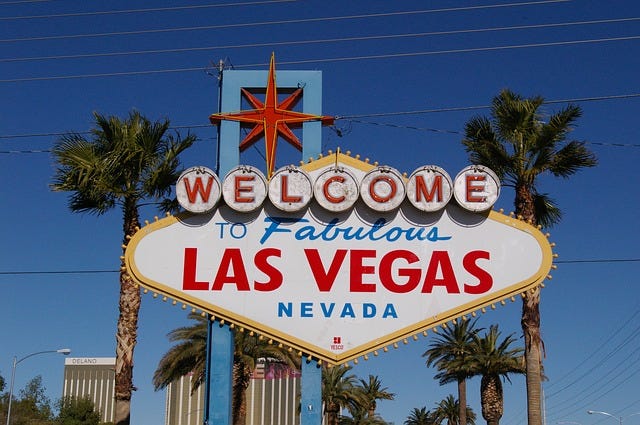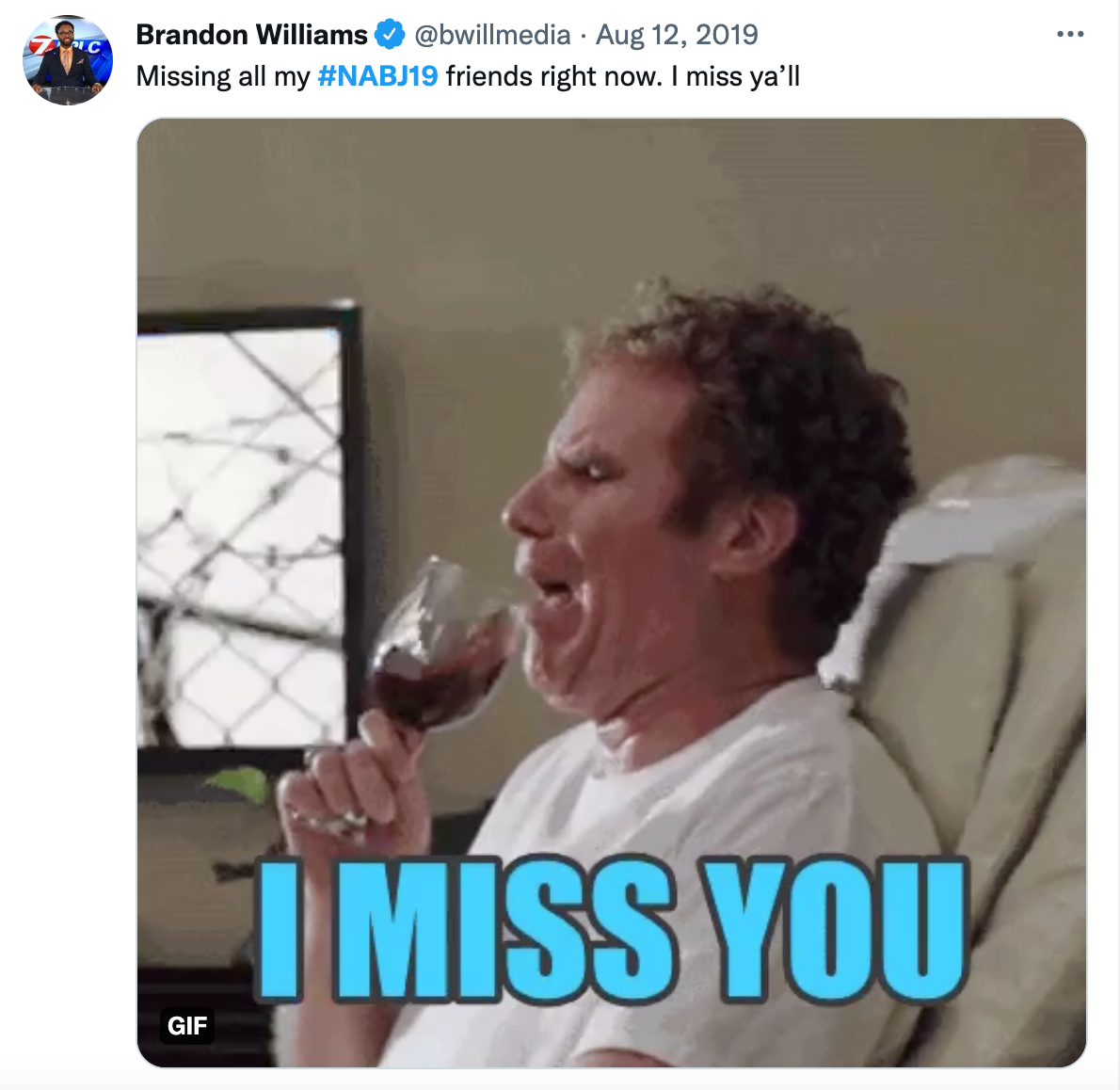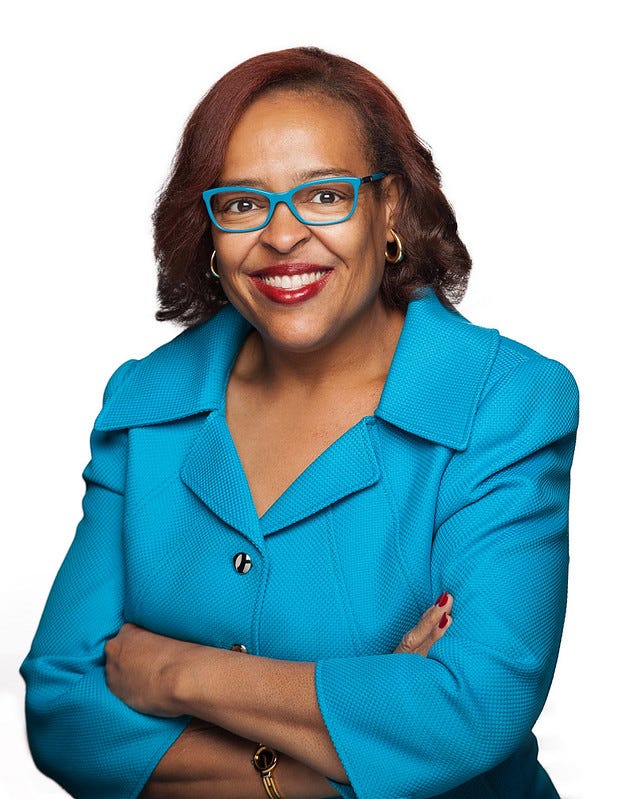RACIAL DIVIDE IN TECHNOLOGY AND STEM EDUCATION EXPOSED BY COVID PANDEMIC
FOR IMMEDIATE RELEASE
Current, Historic, Revealing, Informative...
FOR IMMEDIATE RELEASE
Earl Ofari Hutchinson
It’s a ritual with me. On the 10th, 20th, 25th, and now the 30th anniversary of the L.A. riots, I visit several of the same burned-out empty lots in South L.A. I ask: “Why years after the riots these empty lots where thriving businesses once stood are still empty today.” I quickly point out that in those years―no, decades―many parts of Los Angeles from the westside to downtown have been virtually remade. Billions have been poured into the construction of glitzy, pricey, showy, and functional office buildings, retail stores, boutiques, restaurants, hi-tech centers, and lite industry and manufacturing enterprises.
“I watched buildings, stores, and malls that I frequented instantly disappear from the landscape in a wall of flames.””
The building bonanza has resulted in thousands of new construction, entry-level and professional jobs. In the process, it’s enriched the tax coffers of the city and surrounding cities. The lame excuse is that there’s no economic incentive to build in South L. A won’t fly; residents spend millions on consumer goods and services, tens of thousands are well-to-do business professionals and tradespeople, and they repeatedly clamor for quality retail, restaurant, and service business in South L.A. But the lots remain empty. Worse, many neighborhoods in South L.A. have been gentrified, young Blacks and Hispanics have been priced out of the housing market, and the homeless in South L.A. and other parts of the city have reached epic proportions.
My mind, though, continually goes back to those two fateful days at the end of April and the first day of May 1992. I ducked around police cordons and barricades. I cringed in fear and anxiety at the cackle of police gunfire and the non-stop roar of fire engines and sirens all around my house in South L.A. I choked, gagged on, and was blinded by the thick, acrid smoke that at times blotted out the sun and gave an eerie surreal Dante’s Hell feel to Los Angeles. I watched many Los Angeles Police Department officers stand by virtually helpless and disoriented as looters gleefully made mad dashes into countless stores. Their arms bulged with everything from clothes to furniture items. I watched an armada of police from every district throughout California and the nation, National Guard units, and federal troops drive past my house with stony―even scared―looks on their faces, but their guns at ready. I watched buildings, stores, and malls that I frequented instantly disappear from the landscape in a wall of flames.
The warning signs that L.A. was a powder keg were there long before the Simi Valley jury (with no blacks) acquitted the four LAPD cops who beat Rodney King. There was the crushingly epidemic poverty rate in South L.A.; a spiraling crime and drug epidemic; neighborhoods that were among the most racially balkanized in the nation; anger over the hand slap sentence for a Korean grocer who murdered a teenage black girl, LaTasha Harlins, in an altercation; and Black-Korean tensions that had reached a boiling point. And above all, there was the bitter feeling toward an LAPD widely branded as the nation’s perennial poster police agency for brutality and racism.
This year, on the 30th anniversary of the King verdict and the L.A. riots, many still ask the incessant question: Can it happen again? The prophets, astrologers, and psychics couldn’t answer a question like that with absolute certainty. But there are two hints that give both a “yes” and “no” answer to the question. The yes is the repeated questionable killings of young, unarmed African Americans by police, such as George Floyd and the most recent, Patrick Loyoya. This continues to toss the ugly glare on the always fragile, tenuous, and at times openly hostile relations between African Americans and the police. The other cause for wariness is conditions in South L.A. and other urban communities.
in 2005, on the fortieth anniversary of the other L.A. riots that ripped the nation, The Watts Riots, the L.A. chapter of the National Urban League and the United Way issued an unprecedented report on the State of Black L.A. The report called the conditions in South L.A. dismal, stating that Blacks still had higher school drop-out rates, greater homelessness, died younger and in greater numbers, were more likely to be jailed and serve longer sentences, and were by far more likely to be victims of racial hate crimes than any other group in L.A. County. The report has not been updated, but even the most cursory drive through the old riot areas still shows that for many residents little has changed. The one exception is the epic homelessness crisis plainly evident in many South L.A. areas.
The L.A. riots are no longer the national and world symbol of American urban racial destruction, neglect, and despair. But they are still a cautionary tale; a warning that in the still Trump era, the poverty, violence, and neglect that made the L.A. riots symbolic may not have totally evaporated thirty years after the flames. The empty lots remain an ugly testament to that.
Earl Ofari Hutchinson is an author and political analyst. His forthcoming book is The Midterms: Why they are So Important and So Ignored. (Middle Passage Press) He is the host of the weekly The Earl Ofari Hutchinson Show 9:00 to 11:00 AM on KPFK 90.7 FM Los Angeles and the Pacifica Network. His political affairs commentaries can be found weekly on thehutchinsonreport.net
NAACP

In pre-pandemic times, the usual routine when registration was announced for the NABJ Annual Convention and Career Fair was simple — deciding whether to attend or not.
But by the time you finally made the decision, pre-registration had ended, that last-minute airfare was sky high and the room block was sold out. So there you were, sitting at home, watching social media feeds and getting a huge case of FOMO, swearing you wouldn’t miss the convention again.

But this year is different since we haven’t seen our NABJ family in person since Miami in 2019 (which was epic). So of course you’re going to our joint convention — in Vegas, baby — with the National Association of Hispanic Journalists on Aug. 3–7, 2022.
I’ve not done this post since right after the Miami convention, and it’s much later than usual, but here I go again. You need to start saving your pennies yesterday to ensure you’ll be with us in Las Vegas this summer. I’m actually flush with cash, thanks to a convention account that hasn’t been touched since 2019.

The host hotel this year is Caesar’s Palace, which may be sold out by the time you read this. But don’t worry — Las Vegas is flush with hotels nearby. Because I’m chasing World of Hyatt elite status, I’ll be staying next door at The Mirage — where my resort fee is waived, I get breakfast for two every day and I have a good chance of getting a room upgrade — thanks to my Globalist status. Other friends are staying at places including The Bellagio, The Venetian, The Cosmopolitan and even Airbnb (link based on 4 adults in a place on the strip), so you do have options.
But I know not everyone is as compulsive as me, so I’m going to share my tips on having your coins in place when it comes time to start paying for this year’s convention.
Registration — $275 until April 29; $380 by July 1 and $450 after that. But don’t even think about registering if you aren’t vaccinated. You’ll be required to upload your valid vaccination/booster card to the Clear trusted traveler app before you can register.
Hotel — NABJ has committed to keeping hotel room prices under $200 a night. Ceasar’s Palace will run you $159 a night, along with 13.38% room tax and a daily resort fee of $15. That adds up to $195.27 a night. So four nights will cost $781.08. If you get yourself three other roommates, that drops to a very reasonable $195.27 a night. Find roommates in the NABJ Convention Roommate Bureau Facebook group or tap your network.
Airfare — Aviation Queen here! Be prepared to pay a grip for that flight to Las Vegas. A combination of higher jet fuel prices and pent-up travel demand means the airlines are jacking up fares, especially to popular destinations such as Las Vegas. I’m a big Southwest Airlines fan because they get me from point A to point B safely past a good price.

However, as of April 18, 2022, Southwest fares from Baltimore/Washington International Thurgood Marshall Airport $634.95 roundtrip (including two checked bags). Fares on American Airlines out of JFK airport start at $598 (before you even check a bag). If you’re flying out of Chicago on United, fares start at $551 (again, checked bags are extra). Delta flyers will pay fares starting at $543 from Atlanta to Las Vegas, again, with extra charged for checked bags.
A flight on Spirit Airlines from Orlando to Las Vegas is running at $483.18, but you will pay extra for everything from seat selection to checked AND carry-on bags. But if you play your cards right, it can still be a cheaper option than other airlines.
Check websites such at Kayak, Hopper, Priceline and Hotwire for bargains on hotels and airfares. If you have frequent flyer miles, airline vouchers or credit card points to use, now is the time to cashing them in for your Las Vegas flight.

Transportation — The good news here is that the Strip is mere minutes away from Harry Reid International Airport. If public transportation isn’t your thing, share a cab or rideshare to your hotel. Let folks know when you’re landing and hitch a ride. I’ve met some great NABJ members (I see you, Shaquille Brewster) because they shared a ride with me — and I paid for them.
If you decide not to stay in the NABJ/NAHJ host hotel, there are monorail stations near popular hotels and attractions on the strip. During peak times, there can be heavy traffic on the Strip, so walking or using the monorail is a better option when you’re not attending convention events. Tickets for the monorail are $5 each way; a four-day pass will cost you $36.

Convention Prep — Up to $300. This covers all the things you may need to get ready for the convention, including clothes (save money by considering thrift shops), business cards, resumes, hair, nails, clothing alterations, etc.
Meals/Bar — You can’t expect to get free meals every day, although I encourage you to sign up for all the breakfasts, lunches and receptions so you get fed. Don’t forget that NABJ members network and socialize at the bar every day. Give yourself a food/drink budget of between $50 and $75 a day.
This all adds up to around $2,000, but your numbers may vary, depending on your airfare, hotel and other costs. You can cut costs by taking advantage of your chapter discount for registration or consider volunteering to get a free one. Your hotel cost will drop if you have roommates.
When it comes to airfares, consider flights to airports offering lower fares, including BWI, Dallas Love Field, Chicago Midway, Oakland International, Fort Lauderdale, Houston Hobby and Tampa International, to name a few.
So how are you going to get the money for Las Vegas? Here are my 10 tips.
I have a special message for those of you still in school or are early-career journalists who want to come to Las Vegas. My grandmother always said that closed mouths don’t get fed. For students, talk to your university’s chapter advisor ASAP and create a plan to pay for your convention trip. Then go to your school’s dean and ask for financial help to get you to Las Vegas. It’s not too late to start hosting campus fundraisers, but it’s getting there.
See if your professional NABJ chapter and businesses and organizations in your community can help. If you must post a GoFundMe, make sure you have a compelling story on why you want to go and how it can help your career. And don’t ask for money to cover your entire trip; show that you’re serious and tell people what you’re going to pay for.